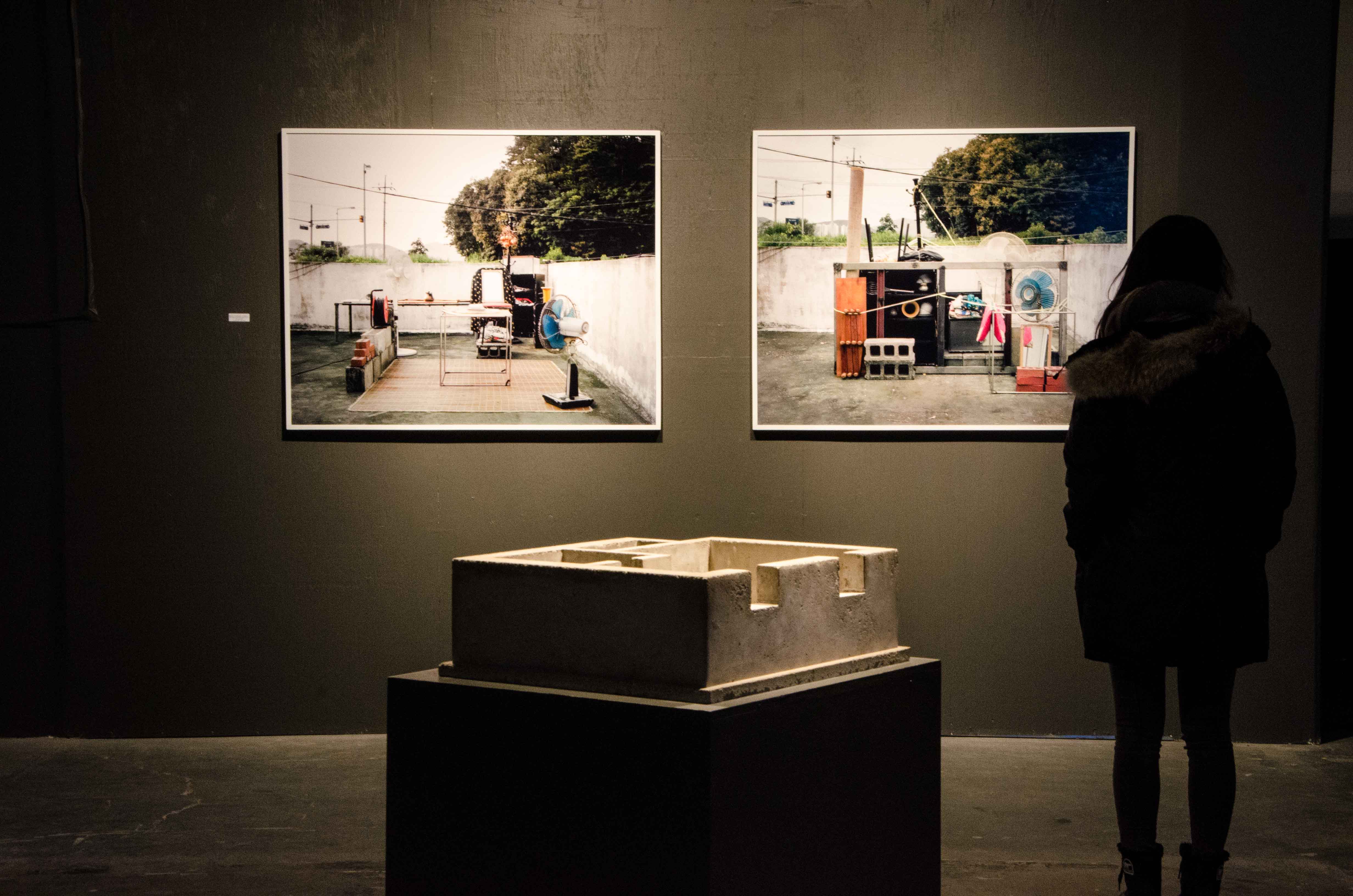
Kit Chokly, a masters of communications student at Carleton University, has curated an online museum showcasing over 300 photos submitted by individuals to represent their experiences of isolation.
The Isolation Museum is a virtual gallery showcasing pandemic-defining items submitted by people all over the world. The first submission was made on March 24 of last year and the most recent addition was uploaded on May 26.
Each artifact is showcased with an accompanying description which details information about its materials. The museum organizes artifacts into 11 categories, such as friends and family, games, food and drink, reading and health.
Some contributors listed these materials as tangible items such as paint and clay, while others chose to list intangible emotions such as hope and panic, meant to be represented by the artifact.
“There’s some really sad [descriptions] that are talking about family, and being forced to separate,” Chokly said. “But then there’s also lighthearted ones that are trying to make light out of a difficult situation, which I really value.”
Chokly said the goal of the museum is to foster connection between contributors and visitors, despite the fact the museum is rooted in experiences of isolation.
“I would argue that in order to have connection, you also have to have isolation … they don’t exist without the other,” Chokly said.
According to Chokly, the museum was a collaborative project that would not exist without its contributors.
“It’s a collective effort and it’s important to recognize that… it shows that we can make things together, even when things are difficult,” they said.
Cara Tierney, a Carleton graduate, is a PhD Fellow at the Transgender Media Lab, an organization that helped advertise and fund the domain for the Isolation Museum. Tierney said the museum’s focus contradicts its outcome.
“Art doesn’t actually exist without a community of contributors and artists. Even the title ‘Isolation Museum’ is a little ironic,” Tierney said. “As much as people are reflecting on isolation, in order to do so, they’re coming into non-isolation. It actively undoes the isolation that it casts a light on.”
Chokly decided to allow contributors to be as anonymous as they like when submitting contributions to the museum.
“I wanted people to feel they could share whatever they felt was appropriate,” Chokly said. “I didn’t want to put borders on what they could be communicating or what was important to them. That invited people to be as personal or impersonal as they wanted.”
The online format of the gallery also represents the ongoing COVID-19 pandemic, during which in-person exhibits were not always possible. Tierney said the move to mostly virtual activities over the course of the pandemic has been a positive one in terms of accessibility.
“In the past year the culture industry has discovered ‘new to them,’ ways of sharing art and information,” Tierney said. “I say ‘new to them’ because all this technology was available to us beforehand … It took a pandemic for a privileged, ableist society to consider these measures seriously.”
Chokly added they believe this virtual format for viewing art is here to stay.
“I think this [pandemic] has forced museums to really think about what they are in terms of their online presence,” Chokly said. “I think [online exhibits] are probably going to stay, alongside in-person exhibits.”
The date range of submissions to the Isolation Museum captures the pandemic from its origins to its current state, and Chokly said they hope the museum remains valuable for years to come.
“It does act as a bit of a time capsule,” Chokly said. “I need this to live somewhere, so that way if people do want to look back on it, they can, which I think is the whole point.”
Featured image by Spencer Colby.





